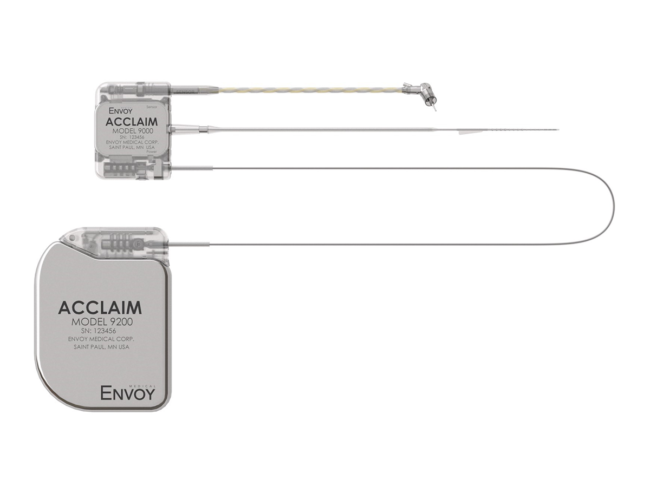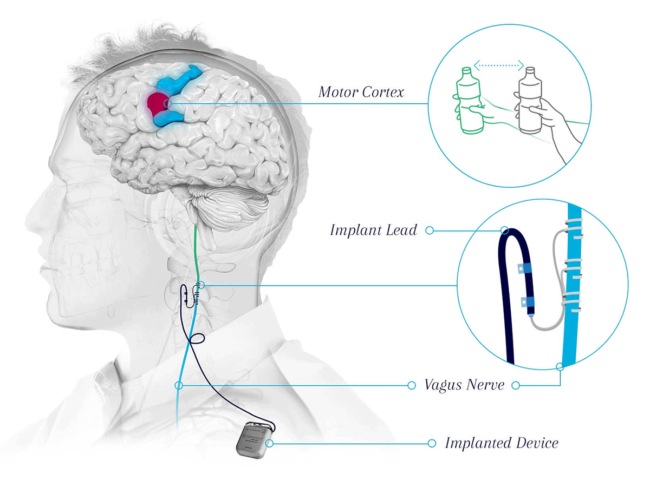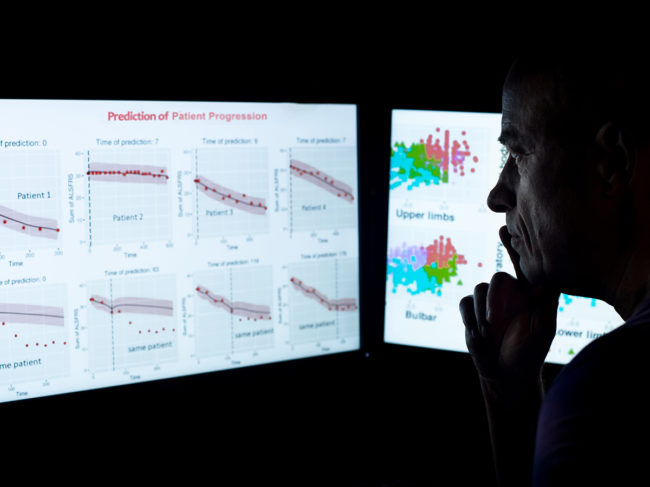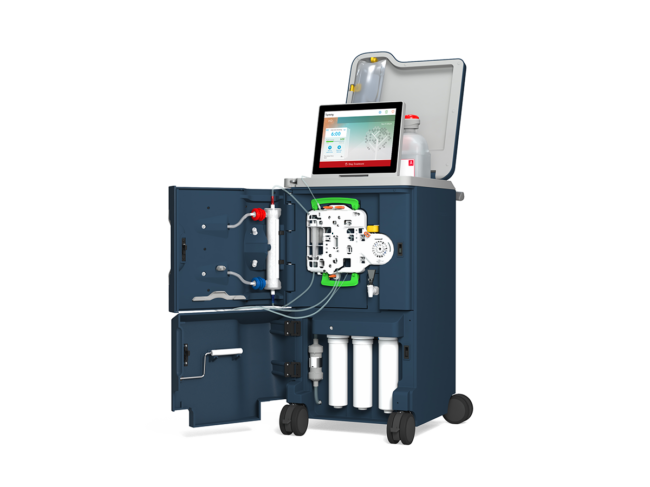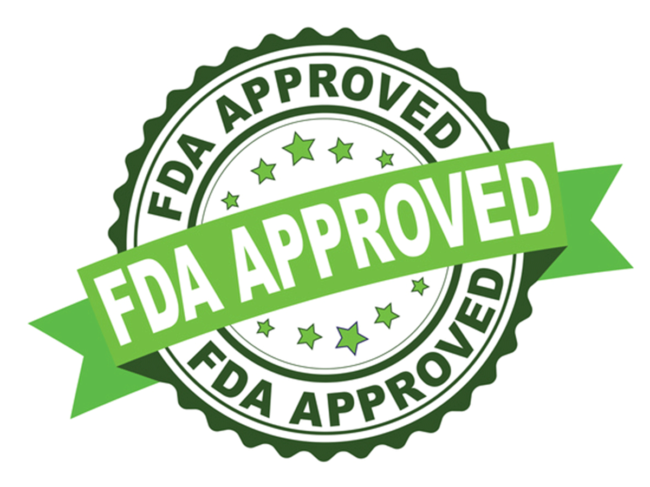
Articles Tagged with ''FDA''
2022 FDLI Annual Conference
AI developers should build robust change control protocols despite absence of FDA guidance
Read More2022 FDLI Annual Conference
DOJ’s consumer protection branch expanding, and digital health a source of growing scrutiny
Read More2022 FDLI Annual Meeting
